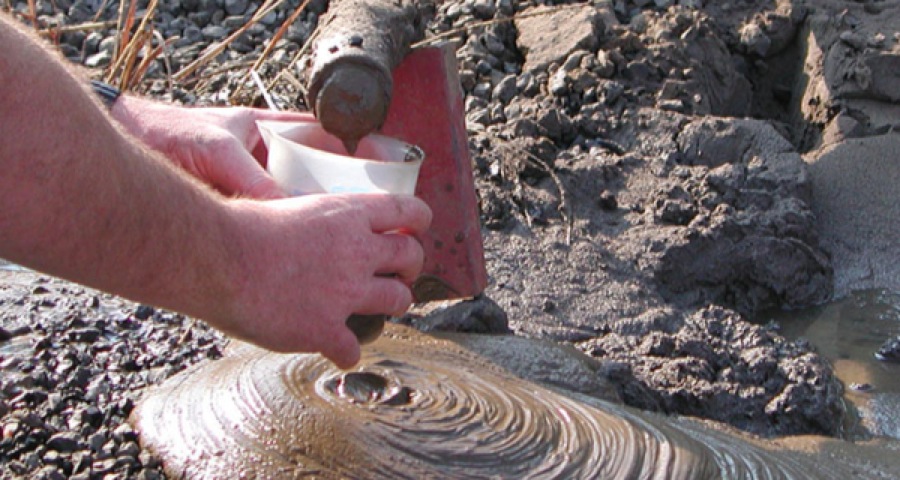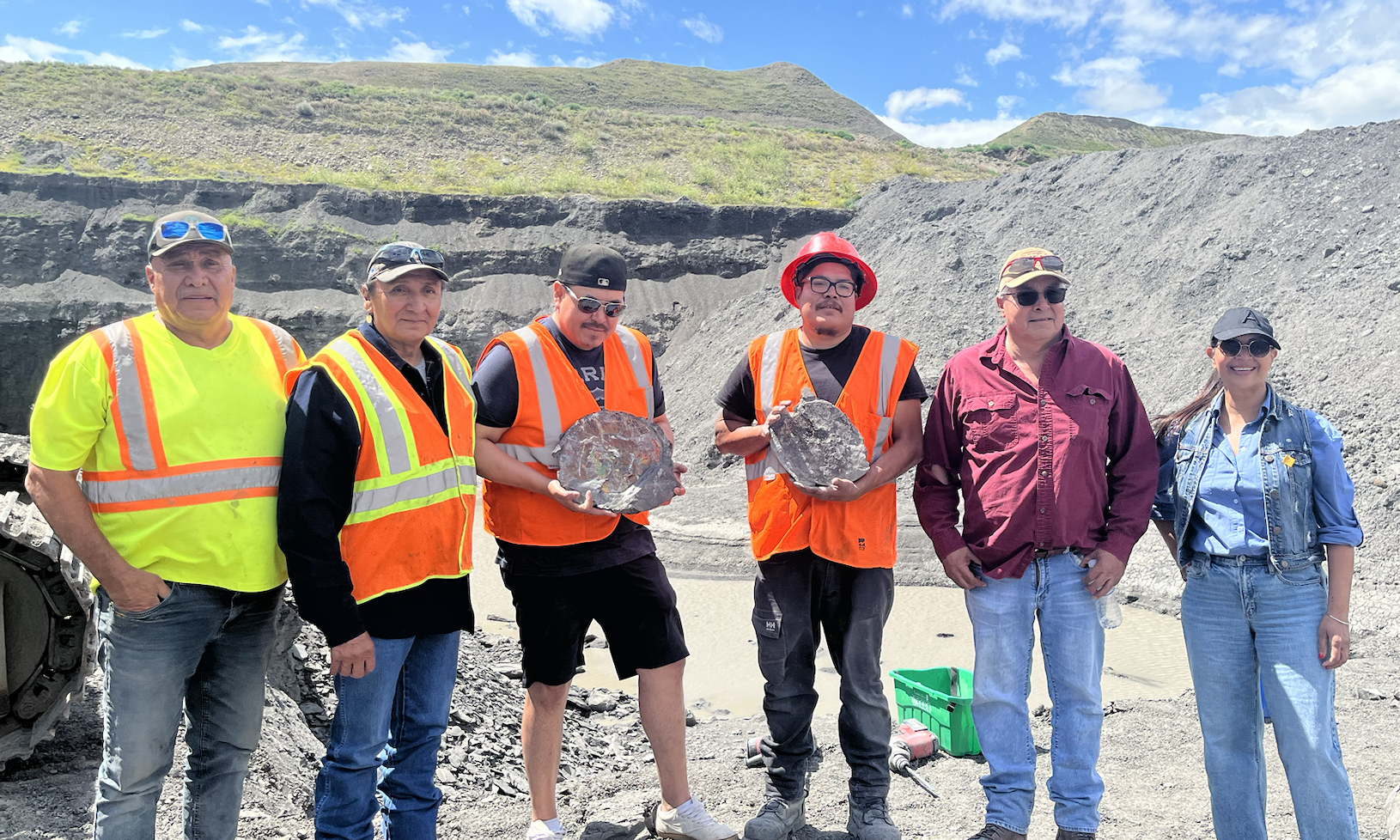Paste 2014: Great Papers, Great Venue, Great Events
 An unprecedented number of papers have been submitted for the upcoming 17th International Seminar on Paste and Thickened Tailings, to be held in Vancouver, Canada from June 8th to 12th this year.
An unprecedented number of papers have been submitted for the upcoming 17th International Seminar on Paste and Thickened Tailings, to be held in Vancouver, Canada from June 8th to 12th this year.
I found two papers to be quite outstanding. One of them is entitled Experimental study of the consolidation of mature fine tailings dewatered by using super absorbent polymer. The authors write of laboratory tests to determine if it is possible to dewater oil sands mature fine tailings (MFT) using a super absorbent polymer. They placed super absorbent polymer in sachets made of cloth (textile) into containers of MFT. The water in the tailings passes through the textile and is absorbed by the polymer. The tailings moisture content decreases. The sachets are removed after a few days and the polymer “regenerated.”
This interesting paper begs all kinds of questions, such as how one could achieve this on a commercial scale, or what could be done with the water squeezed out of the polymer. I was particularly pleased to read that they were able to further decrease the void ratio of the tailings by freezing and thawing it. Cold is so cheap in Northern Alberta that any rational scheme for tailings management must make use of the resource.
 The other paper is entitled Thickened tailings deposition – operational challenges and remedies. The paper begins with a comprehensive evaluation of an aspect of tailing management. The authors conclude that the introduction of conventional tailings thickening in the Alberta oil sands is relatively new, and the challenges of thickened tailings deposition are only just beginning.
The other paper is entitled Thickened tailings deposition – operational challenges and remedies. The paper begins with a comprehensive evaluation of an aspect of tailing management. The authors conclude that the introduction of conventional tailings thickening in the Alberta oil sands is relatively new, and the challenges of thickened tailings deposition are only just beginning.
It would be a pity if another promising tailings technology is discarded or passed by, or the true benefit of conventional tailings thickening is missed, simply because the remedies to these challenges are not readily or immediately apparent.
I have a paper entitled Optimised Seasonal Deposition for successful management of treated mature fine tailings, written with co-authors A. Revington of Suncor Energy Inc., G. McPhail of SLR, Australia, and L. Charlebois of Robertson GeoConsultants. We have been batting the ideas in this paper around for many years. Confidentiality agreements preclude us from writing about our test results. Now there are sufficient papers from previous conferences and from this seminar, that we can quote the literature to prove our concepts.
Here is what is involved in Optimised Seasonal Deposition. Place polymer-flocculated MFT as follows:
- Spring deposition of MFT to a depth that consolidation by subsequent lifts induces consolidation and strength gain.
- Summer deposition of MFT in thin lifts, which dewater and gain strength by way of evaporative drying.
- Fall deposition of MFT to a thickness where freezing and thawing induces a gain in strength.
The thesis of our paper is that, according to our understanding of the physical and financial requirements of such an operation, thin-lift drying alone will never be a stand-alone approach suitable for the dewatering of significant quantities of flocculated MFT, but that the management practice may be significantly improved by exploiting additional natural dewatering mechanisms and improving facility design. Flocculated tailings do not readily flow from spigots in thin, uniform lifts to form sheets over large areas as idealised in the thin-lift concept; this fact significantly reduces the reliability of thin-lift drying on a commercial scale. Additionally, the period of warm, dry weather available for drying is simply too short in northern Alberta, even if thin lifts could be consistently realised. Accordingly deposition will have to include profound consideration and use of thin-lift drying (recognising its fallibilities), consolidation, and freeze-thaw as a means to increase the quantity of treated MFT that may be placed in a DDA of limited and fixed area.
Here are some of the papers to be presented at Paste 2014 that support the viability of our optimized seasonal deposition thesis:
- I.D.C. Gidley and S.S. Jeeravipoolvarn, Key dewatering mechanisms of the environmental drying scheme for oil sands fine tailings
- T. Moore, C. Zhang, R. Moffett and J. Odle, Self-weight consolidation of Particlear™ treated fine tailings in a 10 metre column
Sign up now while there is still space – this is an event you won’t want to miss.
More News
{{ commodity.name }}
{{ post.title }}
{{ post.date }}

Comments